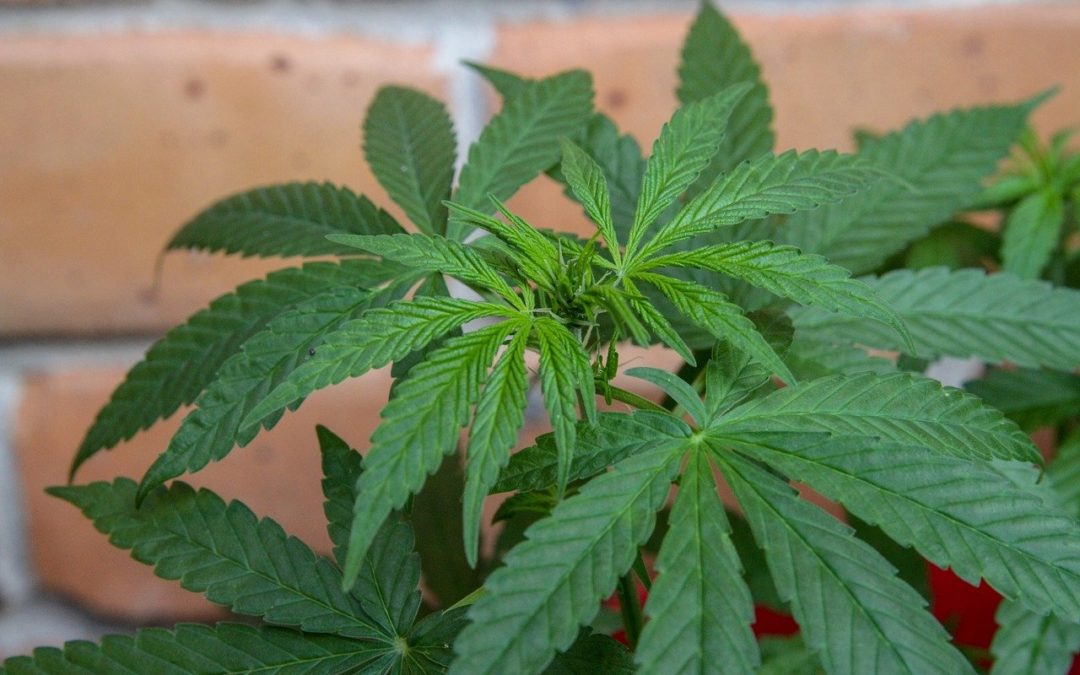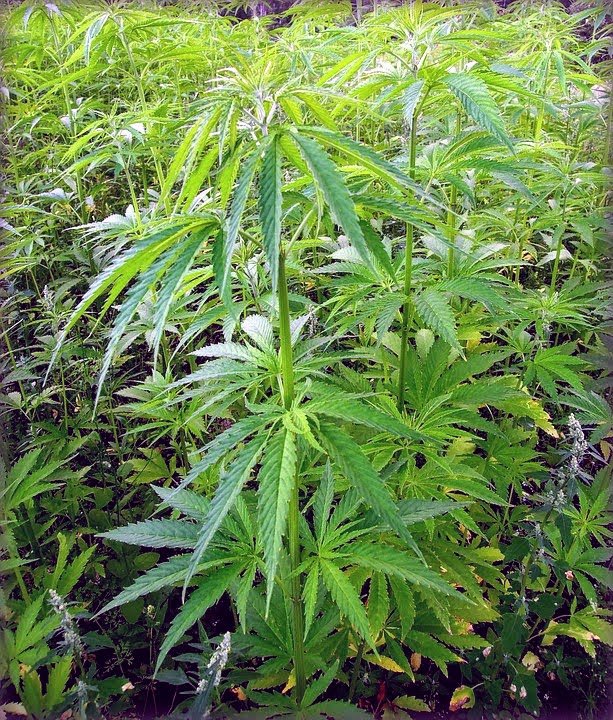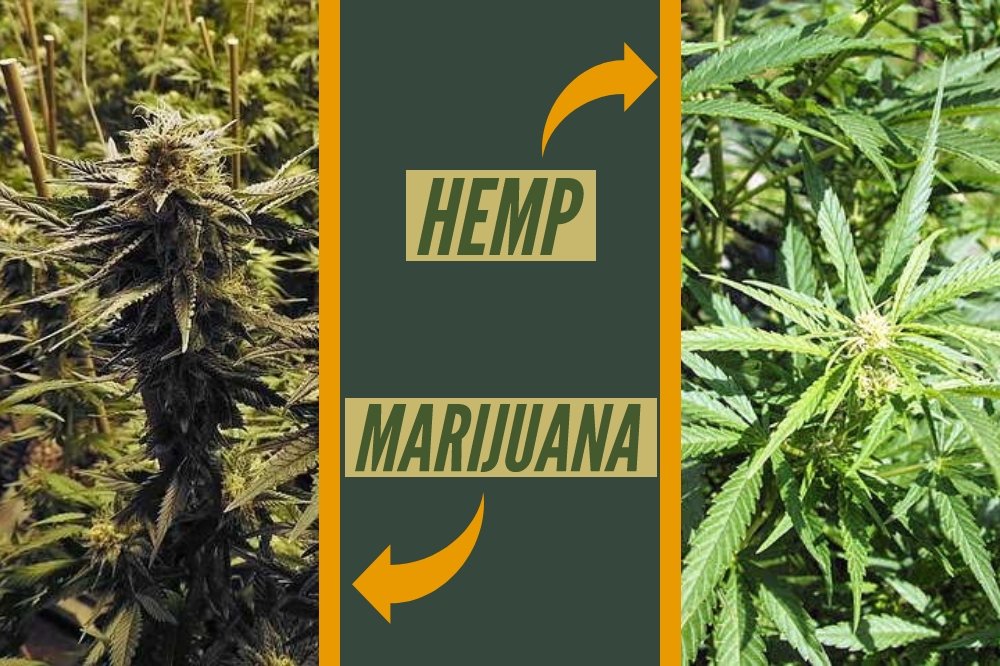I previously wrote an article titled Marijuana: A scheduling Nightmare, where I talked about the confusion and absurdities surrounding the listing of cannabis as a schedule I drug, which is what the Federal government classifies cannabis as. Then in December of 2018, Congress signed the Hemp Farming Act bill into law, further complicating the scheduling mess. Why? Because cannabis as a whole is still federally illegal, while hemp suddenly became legal.
It sounds confusing — and that’s because it is. The Farm Bill made industrial hemp legal in all 50 states, but it did not legalize marijuana. This is a big deal because it finally separated “hemp” from “marijuana” in U.S. law, something Congress failed to do decades earlier. Back in 1937, when they passed the Marihuana Tax Act, they lumped all forms of cannabis together as illegal, never distinguishing between hemp and marijuana. Then in 1970, the Nixon administration doubled down with the passage of the Controlled Substances Act, again treating hemp and marijuana as the same thing under Schedule I.
So for decades, the U.S. government treated hemp and marijuana as if they were identical — until the Farm Bill started to carve out a difference. But here’s the catch: hemp and marijuana aren’t actually two separate plants. They’re the same species — Cannabis sativa L. — just given different legal names depending on their THC content. And with popular products like CBD and THCA flower on the market, it’s more important than ever to understand how these definitions actually work.
Cannabis – Hemp – Marijuana – The Genetic Relationship
Cannabis is the plant family. Within it, you’ve got Cannabis sativa, Cannabis indica, and Cannabis ruderalis.
Now here’s the key part most people miss:
-
Hemp = cannabis plants with 0.3% or less Δ9-THC by dry weight (the legal definition under the Farm Bill).
-
Marijuana = cannabis plants with more than 0.3% Δ9-THC.
That’s it. Same species, different names because of man-made laws. It’s not like hemp is a totally different plant — it’s just cannabis that’s legally “non-intoxicating.”
And it gets even murkier: there’s “hemp flower” being sold that has high amounts of THCA. On paper it’s legal hemp (because it doesn’t test high for THC until you heat it), but once you smoke it, the THCA turns into THC — and it’s basically the same thing as dispensary weed. So yeah… the labels are more about paperwork than biology.
Hemp vs. Marijuana: Differences and Cultivation
Cannabis is the plant family. Within it, you’ve got Cannabis sativa, Cannabis indica, and Cannabis ruderalis.
Now here’s the key part most people miss:
-
Hemp = cannabis plants with 0.3% or less Δ9-THC by dry weight (the legal definition under the Farm Bill).
-
Marijuana = cannabis plants with more than 0.3% Δ9-THC.
That’s it. Same species, different names because of man-made laws. It’s not like hemp is a totally different plant — it’s just cannabis that’s legally “non-intoxicating.”
And it gets even murkier: there’s “hemp flower” being sold that has high amounts of THCA. On paper it’s legal hemp (because it doesn’t test high for THC until you heat it), but once you smoke it, the THCA turns into THC — and it’s basically the same thing as dispensary weed. So yeah… the labels are more about paperwork than biology.
The THCA Loophole – Why “Hemp” Can Still Get You High
Here’s where the legal definitions get really messy. The Farm Bill defined hemp as cannabis with 0.3% or less Δ9-THC by dry weight. Notice it says “Δ9-THC” — the active form of THC that gets you high.
But cannabis also produces THCA (tetrahydrocannabinolic acid), which is non-psychoactive in its raw form. When you heat it (smoke, vape, cook), THCA converts into THC. That’s why dispensary weed tests for high THCA percentages — because that’s what turns into the THC you feel.
Now here’s the loophole:
-
If a hemp flower tests under 0.3% Δ9-THC before heating, it can legally be sold as hemp — even if it has 20% THCA.
-
Light it up, and boom — that THCA turns into THC, and you basically just smoked marijuana.
So when you see “THCA hemp flower” online or in shops, it’s really marijuana by effect — it’s just hemp by paperwork. That’s why so many people get confused, and why the hemp vs. marijuana language feels misleading.
Hemp vs. Marijuana – Cannabinoid content
Here’s the quick breakdown:
-
Hemp = High CBD (and other non-psychoactive cannabinoids) + Very low THC (≤0.3%).
-
Marijuana = High THC + Some CBD (but usually less than hemp).
And don’t forget the entourage effect — cannabinoids and terpenes working together. Some say CBD from marijuana works better because it carries that little bit of THC with it. Hemp CBD can be “full spectrum” too, but legally it can’t have enough THC to give you that boost.
Stay Tuned for more Cannabis related content
I’m going to be writing a series of Cannabis related articles and this was merely an introduction of sorts to help you get familiar with the different types of Cannabis. As I mentioned earlier, I’m no expert on this matter yet although I am quite knowledgeable on it so don’t take this information as scripture but rather take it and use it to further your knowledge on the topic. Next, in my series of Cannabis articles, I’m going to do some explaining on the Endocannabinoid System and how this remarkable system within our bodies is so vital to our health. Stay tuned.
In a nutshell:
-
Hemp and marijuana are the same cannabis plant.
-
The legal line is THC content:
-
0.3% or less = hemp,
-
more than 0.3% = marijuana.
-
-
THCA flower shows how blurry this line is — it’s “hemp” on paper, but marijuana in practice. And in reality, the same cannabis plant we all know and love!!



